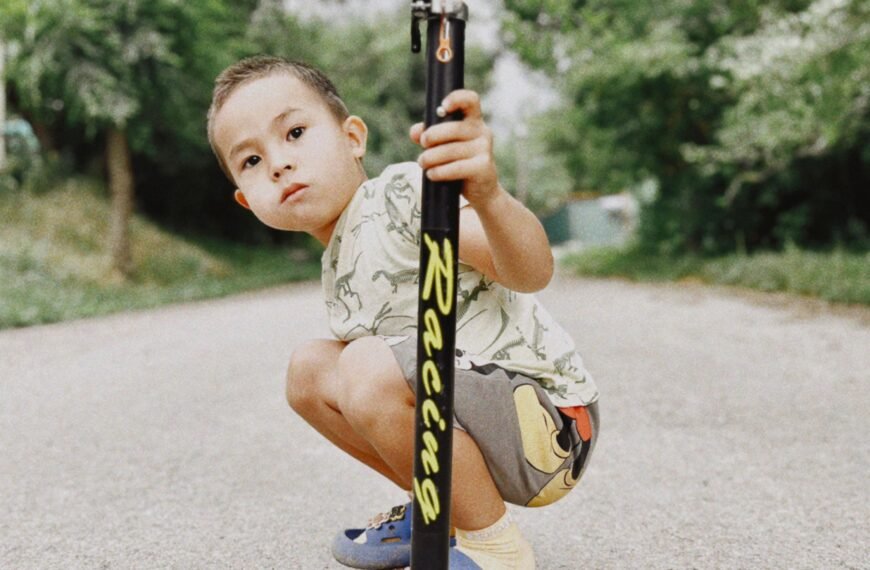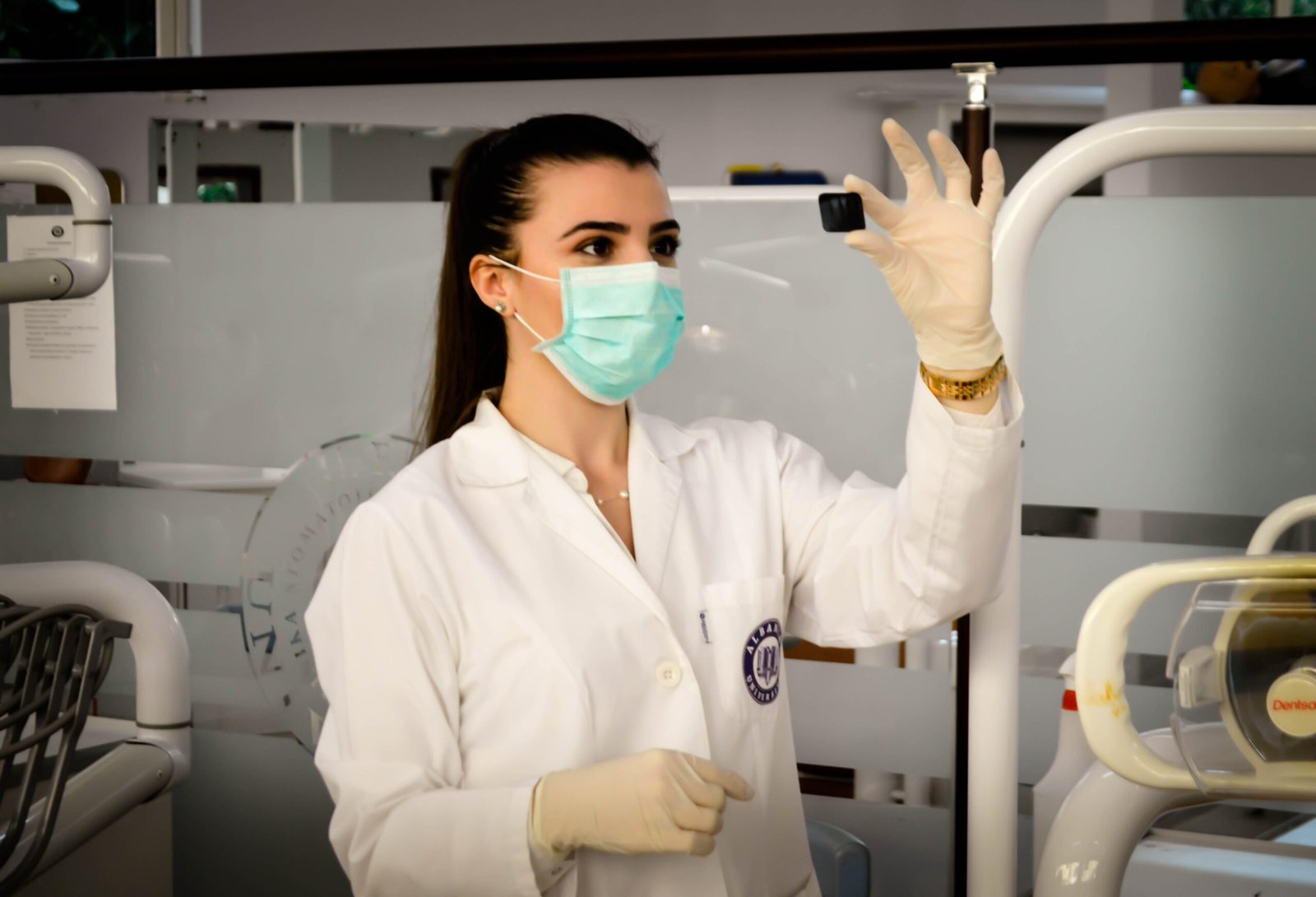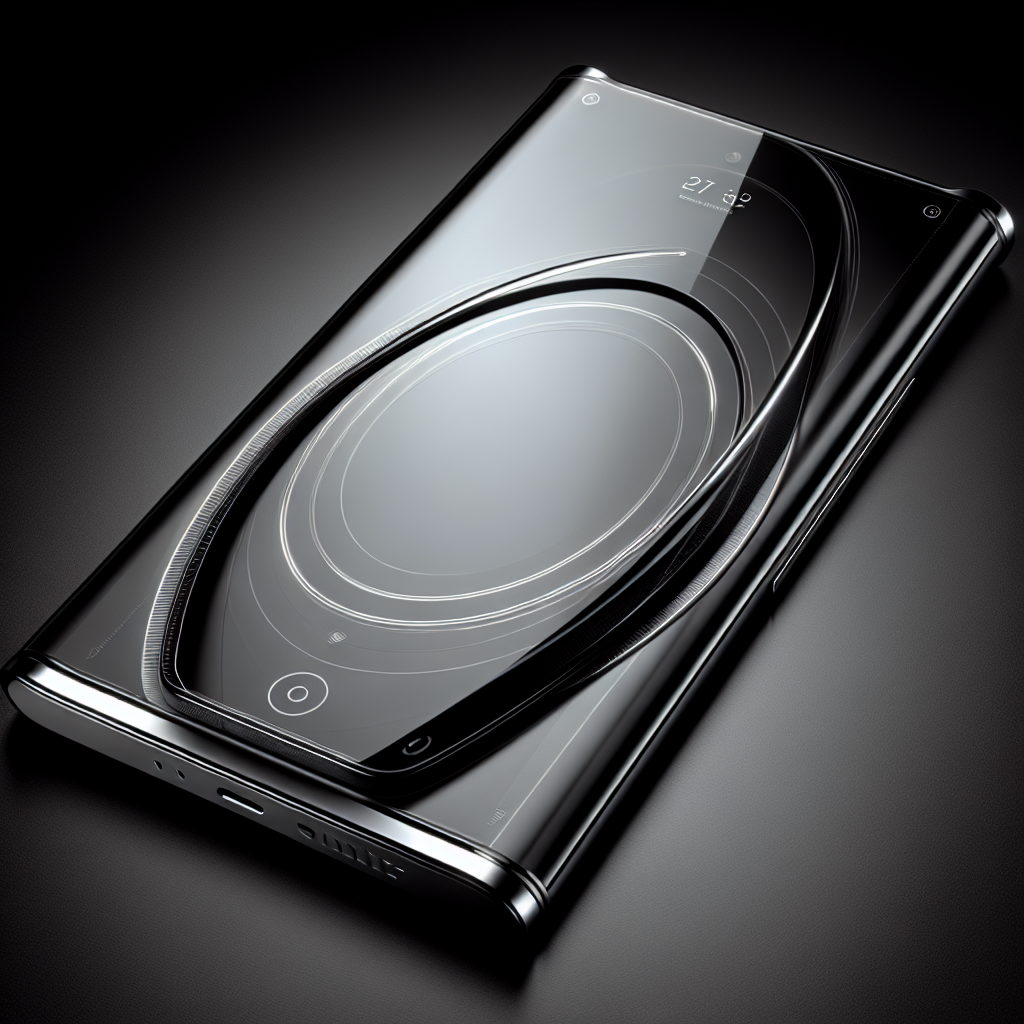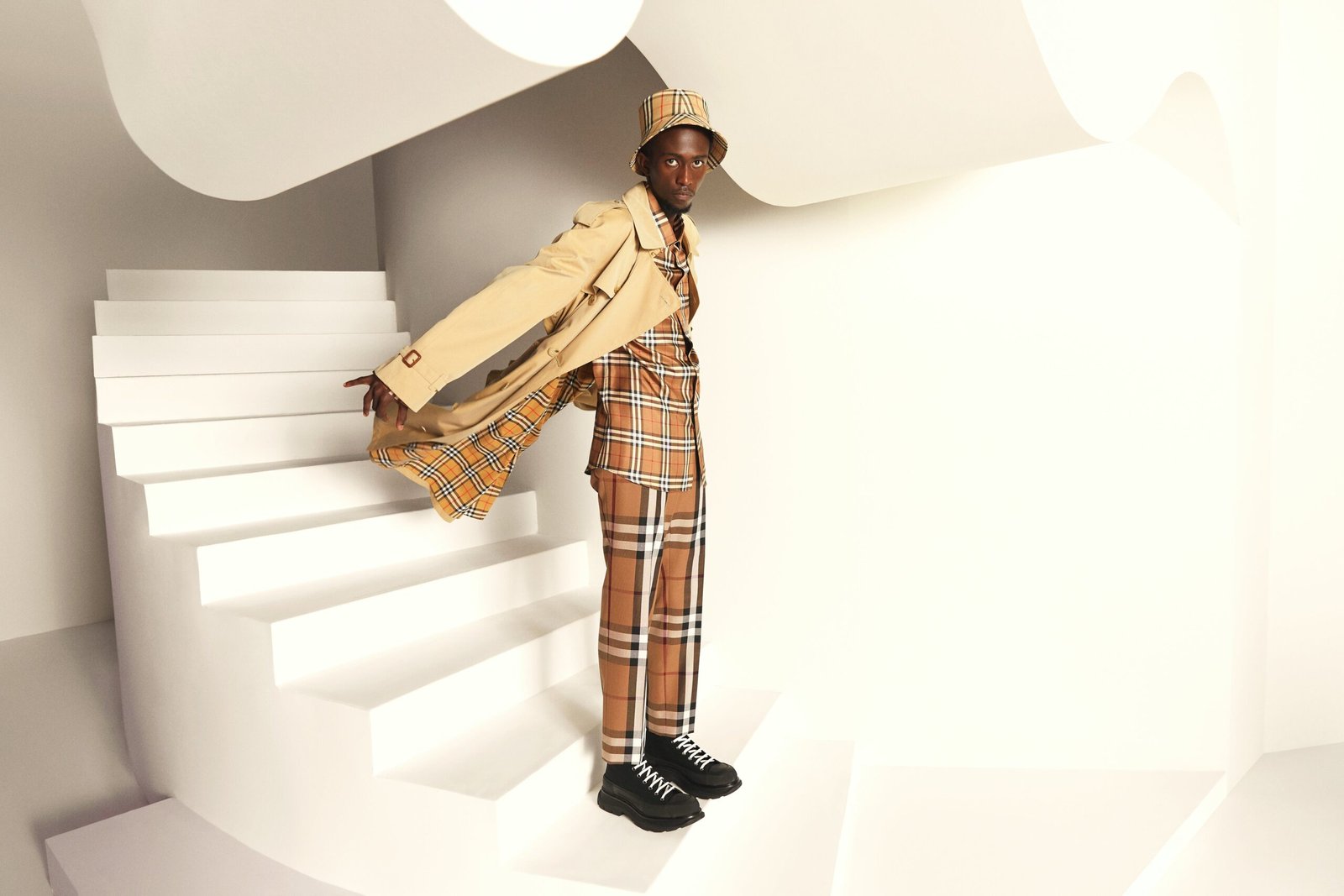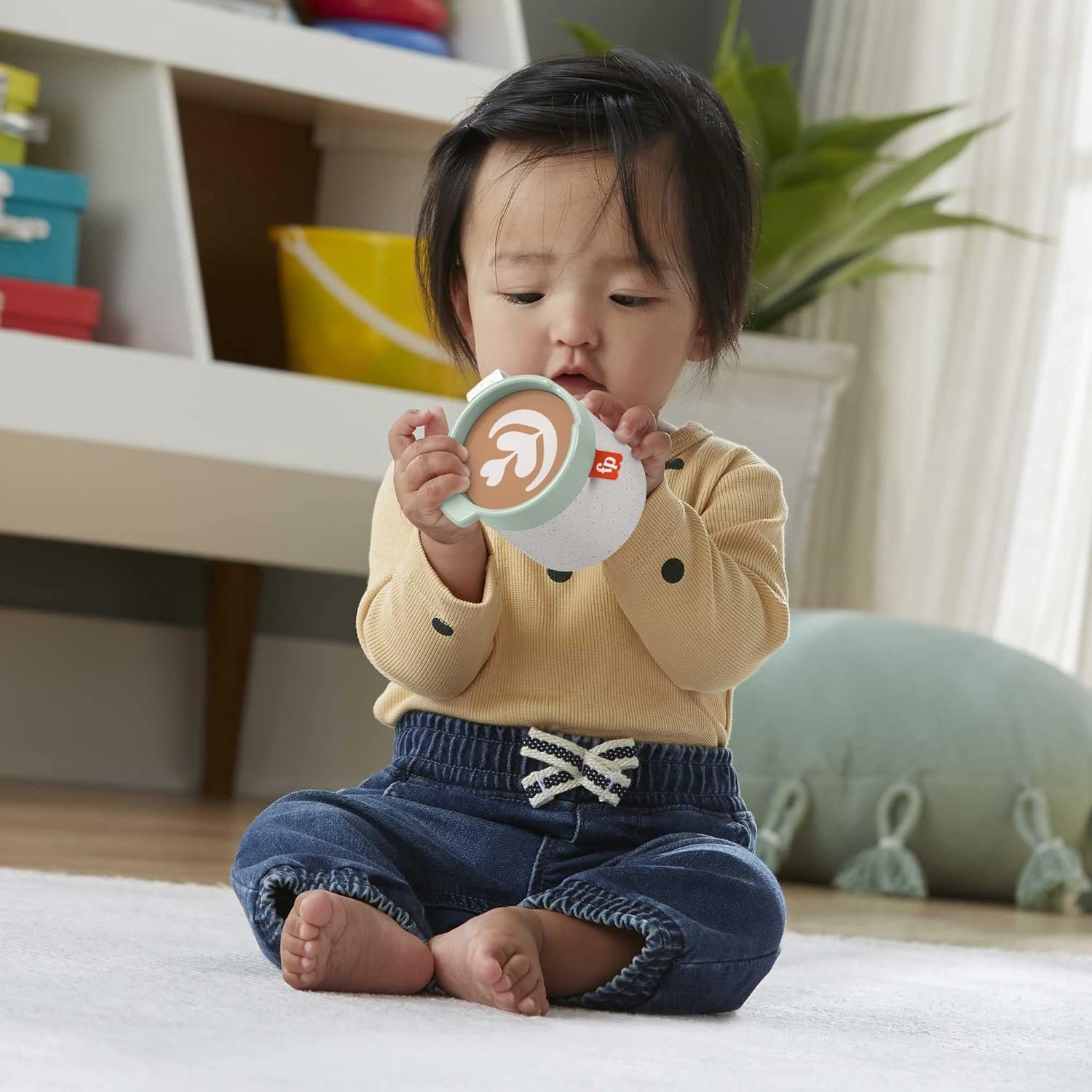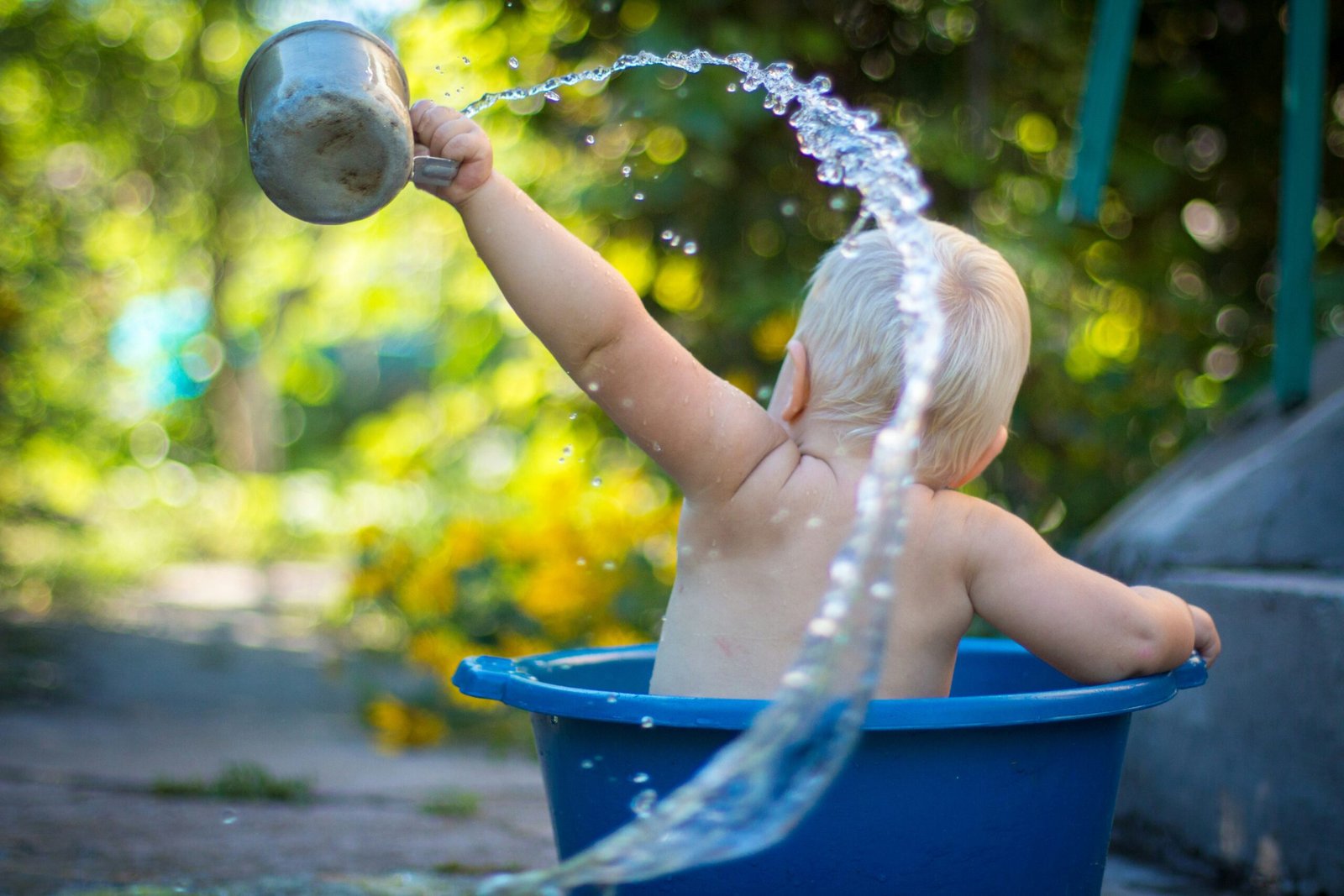Congratulations! Your baby is turning 1, and with this exciting milestone comes the perfect time to assess their toy collection. As your little one grows and develops, their interests and abilities change rapidly, making it essential to identify which toys are no longer suitable for their age. In this article, you will find valuable insights and suggestions on what toys to discard when your baby reaches this significant mark. Get ready to create a safe and stimulating environment for your growing child, full of age-appropriate toys that will continue to foster their development and stimulate their imagination.

Check Baby Toys Guide & Review
Age-appropriate toys
Toys designed for younger babies
When your baby turns one, it’s time to consider removing toys that are specifically designed for younger babies. These toys often have simpler features and textures that may no longer be engaging for your growing child. Look for toys with age recommendations that are below one year old, and consider finding new homes for them.
Toys with small parts
As your baby transitions into toddlerhood, it’s important to be mindful of toys with small parts. These can pose a choking hazard and should be removed from your child’s toy collection. Carefully inspect any toys that contain small pieces, such as building sets or play food, and ensure that they are age-appropriate and free from any loose or easily detachable parts.
Toys with sharp edges or points
Toys with sharp edges or points should be removed from your baby’s play area once they turn one. These toys can pose a safety risk and increase the likelihood of accidents or injuries. Check for any toys that may have sharp edges, including plastic toys or wooden puzzles, and replace them with safer alternatives.
Developmentally inappropriate toys
Toys that do not match their current developmental stage
As your baby grows and develops, it’s important to reassess their toy collection and remove any toys that no longer match their current developmental stage. Toys that are too simple or too complex for your child’s abilities may frustrate them or hinder their progress. Instead, focus on providing toys that are challenging yet achievable, encouraging their growth and development.
Complex puzzles or games
Complex puzzles or games that require advanced problem-solving skills may not be suitable for your one-year-old. These toys may overwhelm your child and discourage them from engaging in play. Consider setting these toys aside for now and reintroducing them when your child is developmentally ready.
Toys requiring advanced fine motor skills
Toys that require advanced fine motor skills, such as intricate building sets or threading toys, may not be appropriate for a one-year-old. These toys can be frustrating for your child if they don’t yet possess the necessary dexterity. Instead, opt for toys that support your child’s emerging fine motor skills and provide a sense of accomplishment, such as stackable blocks or shape sorters.
Battery-operated toys
Toys that make excessive or loud noises
While battery-operated toys can be entertaining, it’s essential to evaluate whether they make excessive or loud noises. Constant exposure to loud noises can be overwhelming for a young child and potentially harmful to their hearing. Consider removing or limiting the use of toys that produce loud, continuous, or annoying sounds.
Toys with annoying or repetitive sounds
Some battery-operated toys feature sounds that may become repetitious or annoying over time. These toys can quickly lose their appeal for both you and your child. If you find yourself reaching for the mute button or getting tired of the same sound effects, it may be time to remove these toys from your child’s collection.
Toys with potential safety hazards
Toys with long or detachable strings
Toys with long or detachable strings pose a strangulation risk for young children. It’s essential to remove any toys with these features once your child turns one. Take a close look at toys with strings, such as pull-along toys or dolls with attached accessories, and ensure they are free from any potential hazards.
Toys with loose or easily breakable parts
Toys with loose or easily breakable parts should be removed from your child’s play area. These parts can pose a choking hazard or lead to injuries if they break off during play. Regularly check your child’s toys for any loose or damaged parts, such as small wheels or brittle plastic, and immediately discard or repair them as needed.
Toys with small buttons or magnets
Small buttons or magnets on toys can be dangerous if swallowed, especially for young children. Inspect your child’s toys for any small buttons that could come loose or magnets that are not securely attached. Consider replacing these toys with safer alternatives that do not pose a risk of ingestion.
Toys with cords or wires
Toys with cords or wires can pose a strangulation risk to young children. Remove any toys with these features from your child’s play area to ensure their safety. Pay special attention to toys with cords, such as pull toys or electronic devices, and replace them with cordless alternatives to eliminate potential hazards.

Unplayed and forgotten toys
Toys that have not been played with in months
It’s natural for children to outgrow certain toys as they develop new interests and skills. Take a look at your child’s toy collection and identify any toys that have not been played with in months. These toys may no longer hold your child’s interest and could be better enjoyed by someone else. Consider donating or gifting these toys to make room for new ones that capture your child’s attention and promote active play.
Toys your baby shows no interest in
Pay attention to your baby’s preferences and interests when deciding which toys to remove from their collection. If your baby consistently shows no interest in specific toys, it may be a sign that they are not engaging or developmentally appropriate. Trust your child’s cues and remove these toys to make space for toys that better align with their interests and abilities.
Toys that are repeatedly ignored
If you notice that certain toys are consistently ignored or left untouched during playtime, it may be time to part ways with them. These toys may not resonate with your child’s current developmental stage or capture their imagination. Consider removing these toys from your child’s play area and introducing new, stimulating toys that encourage exploration and creativity.
Toys that hinder natural motor development
Walkers or baby exercisers
While walkers and baby exercisers may seem appealing for encouraging early mobility, research shows that they can hinder natural motor development in babies. These devices limit a baby’s attempt to develop balance and coordination independently. It’s best to avoid their use or remove them once your child turns one, and instead, provide opportunities for free movement and exploration.
Bumbo seats or similar restrictive products
Bumbo seats and other similar restrictive products can impede a baby’s natural movement and limit their ability to develop core strength and balance. Once your child turns one, consider transitioning them away from these products and encourage them to sit and explore their surroundings without being confined to a restrictive seat.
Excessive use of baby swings or bouncers
While baby swings and bouncers can provide soothing and enjoyable experiences for infants, excessive use of these devices can hinder a child’s natural motor development. Once your child turns one, reduce the reliance on swings and bouncers and allow them more opportunities for free movement and active play.
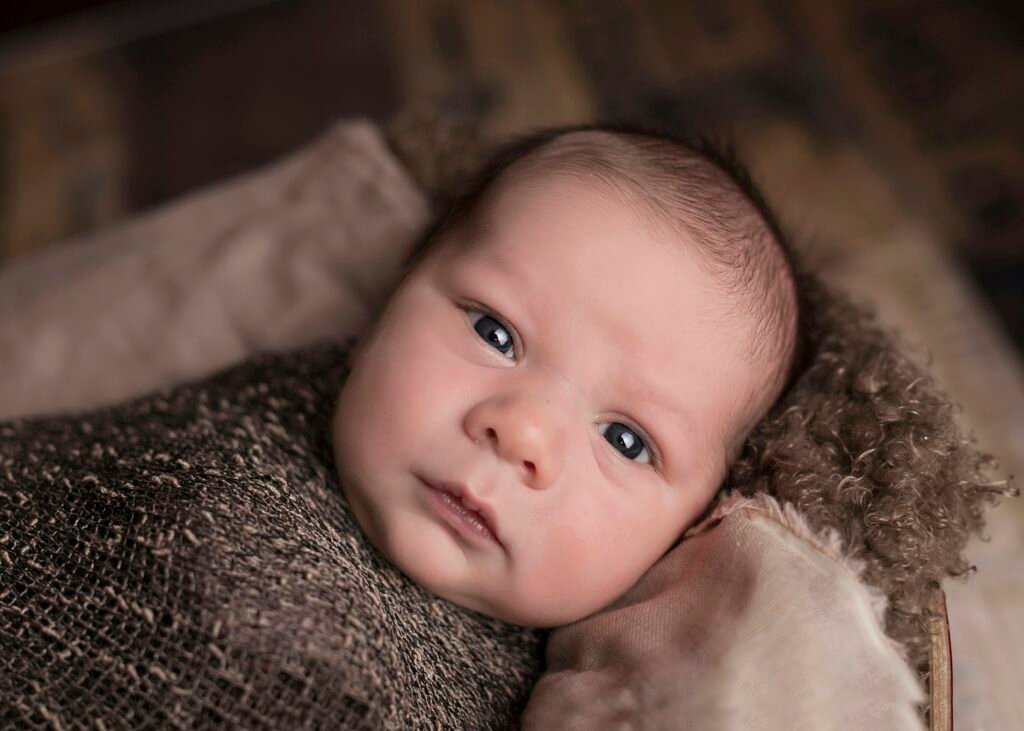
Outgrown toys
Toys specifically designed for younger age ranges
As your child grows and develops, it’s important to reassess their toy collection and remove toys that are specifically designed for younger age ranges. These toys may no longer be challenging or stimulating for your child. Consider donating or gifting these toys to younger children who can benefit from them, and introduce toys that align with your child’s current abilities and interests.
Toys that are too small or too big for their current size
Toys that are either too small or too big for your child’s current size may pose safety risks or hinder their play experience. Small toys can pose a choking hazard, while oversized toys can be difficult for your child to manipulate or play with effectively. Regularly check the size appropriateness of your child’s toys and remove any that are no longer suitable.
Toys with limited educational value
Toys lacking sensory stimulation
Toys that lack sensory stimulation may not provide optimal learning opportunities for your child. Look for toys that engage multiple senses, such as toys with different textures, sounds, or colors. Remove toys that do not offer meaningful sensory experiences and replace them with toys that promote exploration and cognitive development.
Toys without any interactive features
Toys that lack interactive features can limit your child’s engagement and play experience. Consider removing toys that do not offer opportunities for imaginative play, problem-solving, or social interaction. Instead, choose toys that encourage active participation and facilitate learning through play.
Toys with one-dimensional play options
Toys that only offer limited play options may hinder your child’s creativity and problem-solving skills. Look for toys that promote open-ended play and allow your child to explore various ways of playing and experimenting. Remove toys that have limited play value and replace them with toys that foster imagination and encourage diverse play scenarios.
Toys with broken or missing parts
Toys that are no longer safe due to damage
Regularly inspect your child’s toys for any signs of damage or wear and tear. Toys that are no longer safe due to damage, such as sharp edges or broken components, should be immediately removed from your child’s play area. Dispose of these toys properly and ensure their replacement with safe and intact alternatives.
Toys that cannot be fixed or replaced easily
If you come across toys with broken parts that cannot be easily fixed or replaced, it may be time to say goodbye to them. Toys that cannot provide a safe and enjoyable play experience should be removed from your child’s collection. Consider replacing them with toys that are durable, easily maintainable, and can be fixed or replaced if necessary.
Sentimental or collectible toys
Toys you are keeping for sentimental reasons
It’s common to hold onto toys for sentimental reasons, especially if they hold special memories or have been passed down through generations. While sentimental value is essential, evaluate whether these toys serve a purpose in your child’s current play and development. If not, consider finding a special place to store these toys for safekeeping while introducing new toys that align with your child’s interests and needs.
Rare or valuable toys that could be better preserved
If you have rare or valuable toys in your child’s collection, it may be worth considering alternate ways to preserve them. Displaying these toys in a secure and protected space can help maintain their condition while still allowing you and your child to admire their uniqueness. If your child has outgrown these toys, it may be an opportunity to pass them on to collectors who can appreciate and care for them appropriately.
In conclusion, as your baby turns one, it’s important to reassess their toy collection and remove toys that are no longer age-appropriate or pose safety risks. By considering factors such as developmental stage, potential hazards, play engagement, and educational value, you can create a toy collection that promotes your child’s growth, interests, and well-being. Remember to prioritize their safety, engagement, and development when deciding which toys to keep, donate, or discard.










